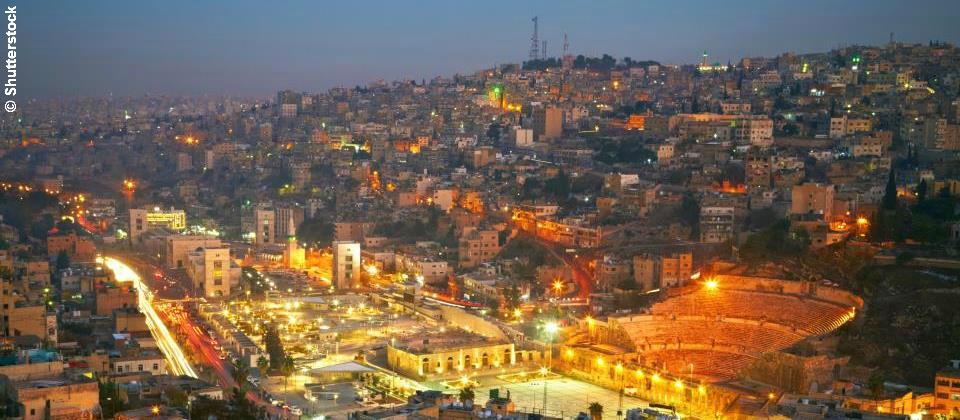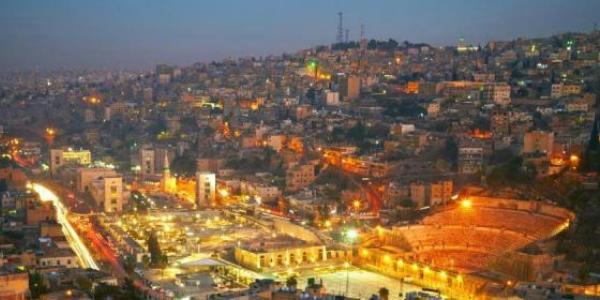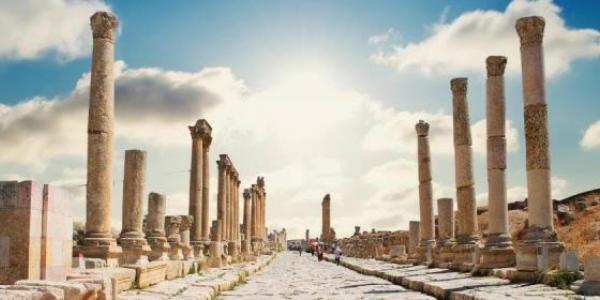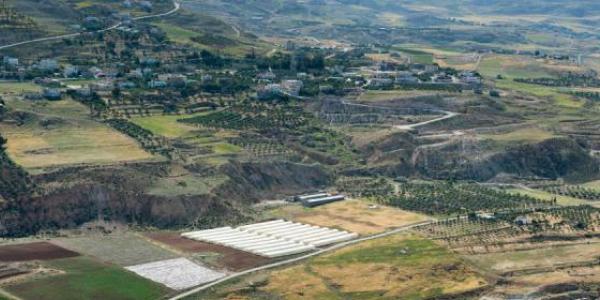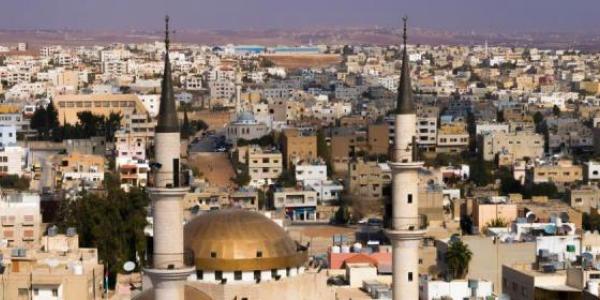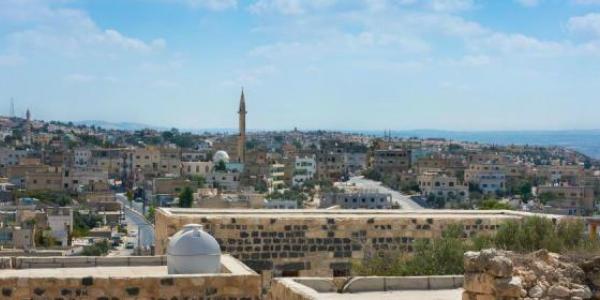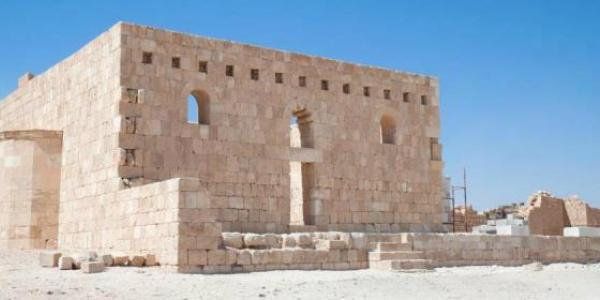Amman is the capital of the Hashemite Kingdom. The modern and ancient capital of Jordan is one of the oldest inhabited cities in the world dating back to 7,500 years. During its long history, Amman has been inhabited by several civilizations. The first settlement on record is during the Neolithic period when archaeological discoveries in 'Ain Ghazal, located in eastern Amman, showed evidence of not only a settled life but also the growth of artistic work, which suggests that a well-developed civilization inhabited the city at that time. In the Iron Ages Amman was the Ammonites capital and was called Rabbath Ammon. Amman with its surrounding region was successively ruled by the then superpowers of the Middle East: Assyria, Babylonia, the Ptolemy's, the Seleucids, the Roman and the Umayyad (7th century AD). Ammon was rebuilt by Ptolemy II Philadelphus (285-247 BC) and renamed Philadelphia after its patron. Under the influence of the Roman rule, Philadelphia was reconstructed in typically grand Roman style with the completion the two platform –the Upper (the citadel) and the Lower city (the modern down town)– and became part of the Decapolis League of the ten cities. Philadelphia, the southernmost of the Decapolis, decorated with structures in the same way as the other ‘twinned’ cities, was on the most important road, the Via Nova Trajana which ran from Bosra in the north through Philadelphia to Aqaba on the Red Sea.
In the early Christian period Philadelphia became the seat of a bishopric, where several churches were built. One of the churches can be seen on the city's Citadel. In the early Islamic period Philadelphia was renamed Amman and flourished under the Umayyad, where a mosque and governor residence were built on top of the citadel hill. The tide changed with the Abassid rule, but later, when the Ottoman Sultan Abdul Hameed decided to build the Hejaz railway to link Damascus and Medina, facilitating both the annual hajj pilgrimage and permanent trade, he put Amman, a major station, back on the commercial map.
Amman's modern history rekindled in the late 19th century, when the Ottomans resettled Circassian emigrants in 1878 in addition to Armenians. As the Great Arab Revolt progressed and the State of Transjordan was established, Prince Abdullah ibn al-Hussein -founder of the Hashemite Kingdom of Jordan- made Amman capital of Trans-Jordan in 1923 and later the capital of the Hashemite Kingdom in 1946. Since then, Amman has grown rapidly into a modern, thriving metropolis of well over 4 million people. Amman, the capital city, is a city of contrasts of old and new in addition to hills and valleys. It is built on a series of deep wadis (valleys) and rising jabals (hills), where houses and buildings spread along the wadi and the more accessible slopes. In the wadi lies the commercial heart of the city where most of the businesses and commerce are concentrated. The down town commercial area is famous for King Talal street, al-Husseini mosque, vegetables market, and al-Hashemi street, where cafés and shops of local craftsmen are located, in addition to the restored Roman theatre. Everywhere there is evidence of the city's much older past. New buildings and traditional shops mix together in different parts of old Amman. The newer residential suburbs consist of avenues flanked by elegant, almost uniformly white houses faced with local stone. The topographical pattern in Amman city has imposed the use of stairway to connect the hills and downtown. A couple of wonderful stair trails connect Jabal Qalaa with al-Hashemi street, right across the Roman Theatre and the Nymphaeum.



